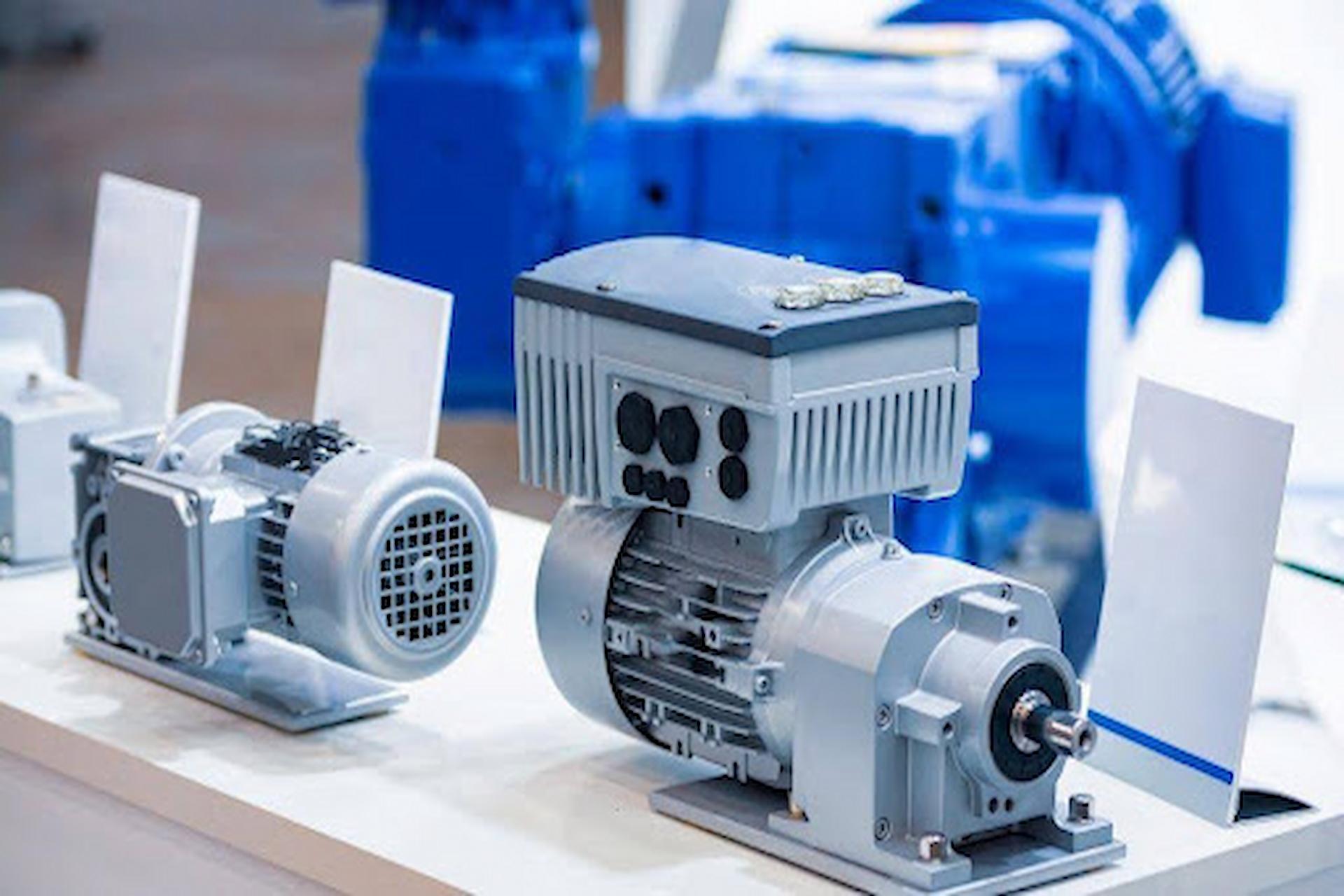Are you baffled by the jargon surrounding industrial automation? Ever wondered what the difference is between AC and DC drives, and why it even matters? This article demystifies these essential components, helping you understand their roles, distinctions, and optimal applications in a way that’s easy to grasp. We’ll break down the technicalities into simple, actionable insights.
In the world of industrial automation, two letters often come up: AC and DC. These stand for Alternating Current and Direct Current, and they represent more than just different types of electricity. They signify two distinct approaches to controlling motor speed and torque—a fundamental task in manufacturing, processing, and countless other industrial applications. Understanding the difference between AC and DC drives is crucial for anyone involved in plant management, engineering, or maintenance. It can directly impact efficiency, cost, and system reliability.
Let’s dive in and explore the core differences, helping you make informed decisions for your operations. If you’re looking for quality industrial controls, check out the range of AC DC Drives available.
The Fundamentals: What Are AC and DC Drives?
At their core, both AC and DC drives are variable speed drives (VSDs) or variable frequency drives (VFDs) that regulate the speed of electric motors. They do this by controlling the electrical power supplied to the motor. Think of them as the sophisticated throttles for industrial machinery, allowing for precise control beyond a simple on/off switch. This precision is vital for everything from conveyor belts to massive pumps and fans.
- AC Drives (VFDs): These drives convert incoming AC power into a variable frequency and voltage AC output. They are the most common type of drive used today, thanks to their versatility and the widespread use of AC induction motors. AC drives allow for soft starting, which reduces mechanical stress on equipment and saves energy.
- DC Drives: These drives take incoming AC power and convert it into a variable DC voltage. They are specifically designed to control DC motors, which have a long history of use in applications requiring high torque at low speeds and precise speed regulation.
AC vs. DC Drives: The Key Differences
While both technologies aim to control motor speed, their methods and ideal applications diverge significantly. When comparing AC DC Drives, the differences in their control and performance become clear.
1. Power Source and Motor Type
- AC Drives: Operate with AC induction motors. These motors are known for their ruggedness, low maintenance needs, and relatively low cost. This makes them an excellent choice for a vast range of applications.
- DC Drives: Operate with DC motors. These motors are celebrated for their simplicity of speed control and high starting torque. However, they require more maintenance due to the brushes and commutators that are part of their design.
2. Control and Performance
- AC Drives: The control of AC motors involves more complex electronics to manipulate the frequency and voltage. While modern AC drives offer excellent performance, including precise speed and torque control, they are generally favoured for applications where the motor operates over a broad speed range.
- DC Drives: DC motor control is inherently simpler. They provide exceptional torque control, especially at low speeds, which is why they are often the preferred choice for applications requiring constant torque, such as cranes, extruders, and paper machines.
3. Maintenance and Reliability
- AC Drives: Generally considered more reliable and low-maintenance. The brushless design of AC induction motors means fewer wear parts, leading to longer service intervals and reduced downtime.
- DC Drives: The brushes and commutators in DC motors are wear items that need periodic inspection and replacement. This makes DC systems more maintenance-intensive. However, their robust performance often outweighs this maintenance drawback in specific heavy-duty applications.
4. Cost and Efficiency
- AC Drives: The initial cost of AC drives and motors has dropped significantly, making them highly competitive. They are also very energy-efficient, primarily when used with modern, high-efficiency motors.
- DC Drives: While the initial cost of DC drives might be lower in some cases, the total cost of ownership can be higher due to increased maintenance requirements. However, in applications where their high-performance characteristics are essential, the efficiency gains in operation can be substantial.
Expert Tips: Choosing the Right Drive for Your Application
Selecting between an AC and DC drive isn’t just a technical decision; it’s a strategic one. Here are some key factors to consider:
- Existing Infrastructure: If your facility already runs on DC motors, it might be more cost-effective to replace or upgrade with DC drives. On the other hand, a new installation is an excellent opportunity to evaluate the benefits of modern AC systems.
- Application Requirements: For applications needing high torque at very low speeds, such as cranes or hoists, DC drives are often the superior choice. For general-purpose machinery like fans, pumps, and conveyors, the versatility and low maintenance of AC drives make them a better fit.
- Future-Proofing: The industry trend is shifting towards AC technology, driven by its lower maintenance, higher efficiency, and continuous technological advancements. Many new installations are designed with AC systems in mind.
- Maintenance Capabilities: Consider your team’s expertise. AC systems are generally easier to troubleshoot and maintain, while DC systems require specialised knowledge of brush and commutator maintenance.
To Sum Up
While AC drives are increasingly an industry standard, AC DC drives continue to be crucial for legacy systems and high-torque applications. Both offer robust industrial control, but their methods are fundamentally different. Choosing between them requires evaluating your specific needs, budget, and long-term goals to optimize performance and minimise the total cost of ownership.
0
